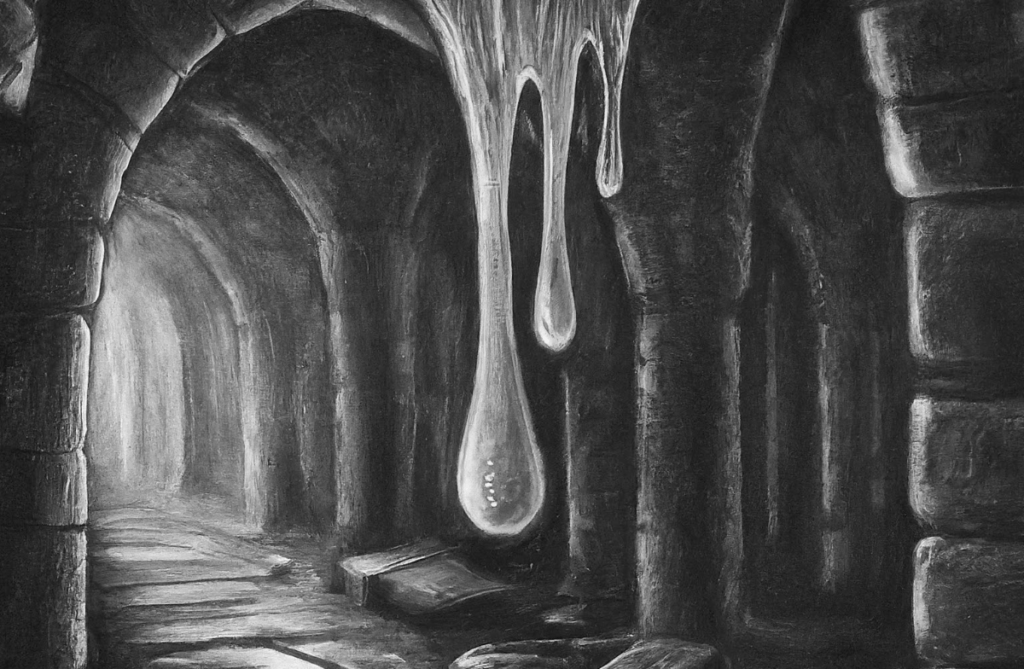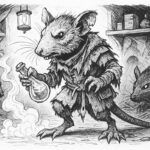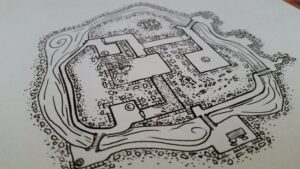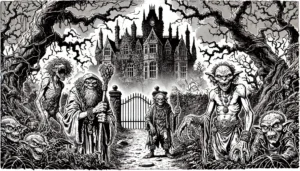
The classic dungeon crawl is a staple of tabletop role-playing games (RPGs). But what if the true terror lurked not in the gnashing maw of a beast, but in the gelatinous form of a slime or pudding? This guide dives into the often-underestimated threats posed by these oozes and molds, empowering Dungeon Masters (DMs) to building truly suspenseful encounters.
Slimes
Simple lifeforms driven by an insatiable hunger, slimes are single-celled organisms that come in various colors, each with distinct properties. These pulsating blobs can be surprisingly resilient, often resistant to traditional weaponry and magic. However, their acidic nature poses a significant threat to adventurers.
Why They Deserve Respect:
Resilient Nature: Many slimes possess remarkable resistances to slashing, piercing, and even some magical attacks. Fire and cold are often their weaknesses, but relying solely on these elements can limit tactical options for players. Create a scenario where the party must find creative solutions to bypass a slime’s defenses, perhaps by luring it into a trap or exploiting a vulnerability to sound.
Environmental Advantages: Slimes excel at exploiting their surroundings. They can ooze through cracks and cling to surfaces, creating surprise attacks. Imagine a slime encounter, where a seemingly empty chamber triggers a deluge of slime from the ceiling.
Puddings
More complex than slimes, puddings are sentient oozes with rudimentary senses and movement. They lurk in dungeons and ruins, preying on unsuspecting victims. Puddings, like slimes, boast resistances to many forms of attack. Unlike their mindless slime cousins, puddings can employ basic tactics. Design an encounter where a black pudding positions itself atop a crumbling staircase, waiting to engulf adventurers.
Why They Deserve Respect:
Divide and Conquer: Remember, dividing a pudding creates more puddings! Use this to overwhelm the party. A single ooze dripping from the ceiling might seem manageable, but when it splits in two upon being attacked, the encounter becomes much more frantic.
Environmental Advantages: Don’t limit puddings to just dungeons. Imagine a cave system filled with bioluminescent ooze that clings to the adventurers, slowly dealing damage and making them easier targets for lurking predators.
Molds
These are not the mundane growths found on bathroom tiles. In your RPG, molds are virulent fungi that spread rapidly, releasing harmful spores that can inflict debilitating effects on those who inhale them. Unlike slimes and puddings, molds are not actively predatory, but their presence can present a significant environmental hazard.
Why They Deserve Respect:
Environmental Hazards: Molds infest entire areas, blanketing dungeons in a suffocating shroud of spores. Design a dungeon level where the party must contend with the constant threat of mold inhalation, forcing them to make use of limited resources like magical filters or scarce clean air supplies.
Sheer Numbers: A vast underground cavern choked with luminescent purple mold can quickly turn a routine exploration into a desperate struggle for survival. Use the sheer number of these creatures to overwhelm parties, creating encounters that rely on quick thinking and strategic use of area-effect spells or abilities.
Remember: A little goes a long way with these gooey monsters. Used creatively, they can add a layer of slimy dread to your dungeon, making your players think twice before venturing into the next shadowy corridor.















